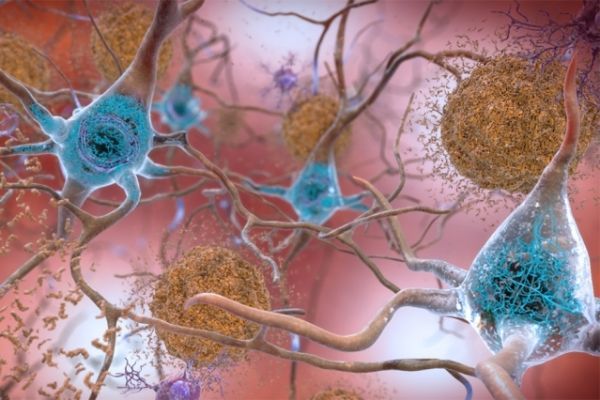MIT researchers have performed the first comprehensive analysis of the genes that are expressed in individual brain cells of patients with Alzheimer’s disease. The results allowed the team to identify distinctive cellular pathways that are affected in neurons and other types of brain cells.
This analysis could offer many potential new drug targets for Alzheimer’s, which afflicts more than 5 million people in the United States.
“This study provides, in my view, the very first map for going after all of the molecular processes that are altered in Alzheimer’s disease in every single cell type that we can now reliably characterize,” says Manolis Kellis, a professor of computer science and a member of MIT’s Computer Science and Artificial Intelligence Laboratory and of the Broad Institute of MIT and Harvard. “It opens up a completely new era for understanding Alzheimer’s.”
The study revealed that a process called axon myelination is significantly disrupted in patients with Alzheimer’s. The researchers also found that the brain cells of men and women vary significantly in how their genes respond to the disease.
Read more at Massachusetts Institute of Technology
Image: In the Alzheimer’s affected brain, abnormal levels of the beta-amyloid protein clump together to form plaques (seen in brown) that collect between neurons and disrupt cell function. Abnormal collections of the tau protein accumulate and form tangles (seen in blue) within neurons, harming synaptic communication between nerve cells. CREDIT: National Institute on Aging, NIH


